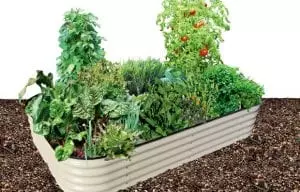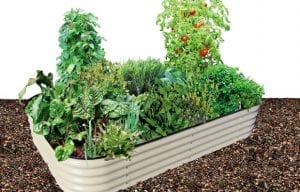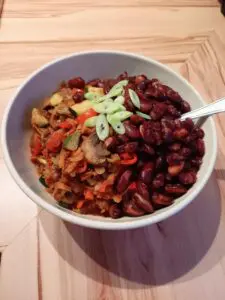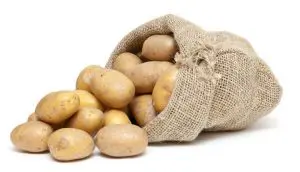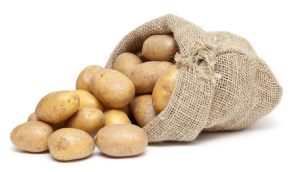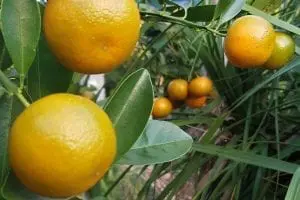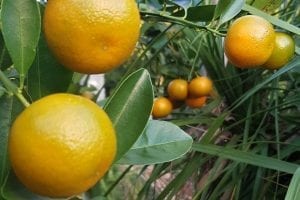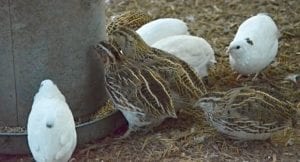Are your veggies shrivelling up and dying before they reach full size? Are you getting flowers but no fruit? Then you might be suffering from a lack of pollination. But there’s no need to give up on growing vegetables- you can learn to pollinate them yourself.
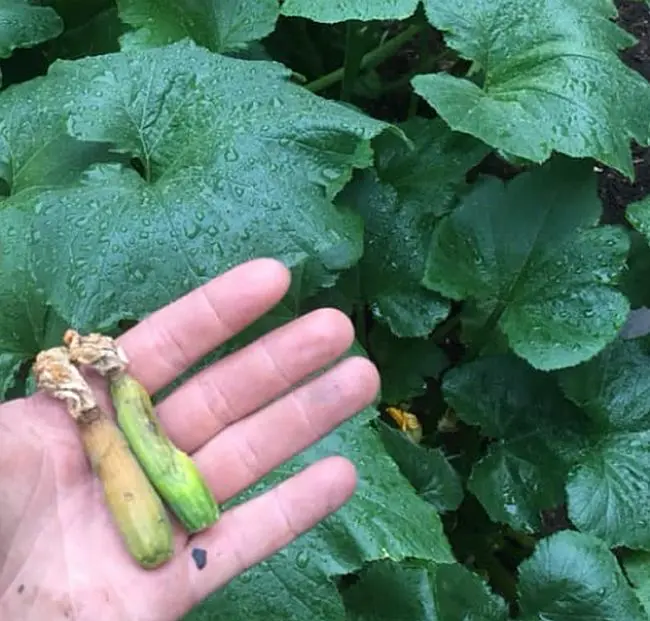
What is Pollination?
Pollination means the transfer of pollen grains from the male anther of a flower to the female stigma of another. Pollination allows for fertilisation, which in turn means that fruit will grow to maturity so that we can eat it.
About 1/3 of vegetables (mostly curcurbits) require pollination for their development, and most plants rely on animals to transfer pollen for them. While pollination may happen via chance dispersal from wind & water, it’s insects-particularly honey bees-that are the most efficient pollinators of vegetables. Worldwide there are many different species and sub-species of bees who do slightly different jobs, but as a general rule, you need bees in your backyard if you want pollination to occur naturally.

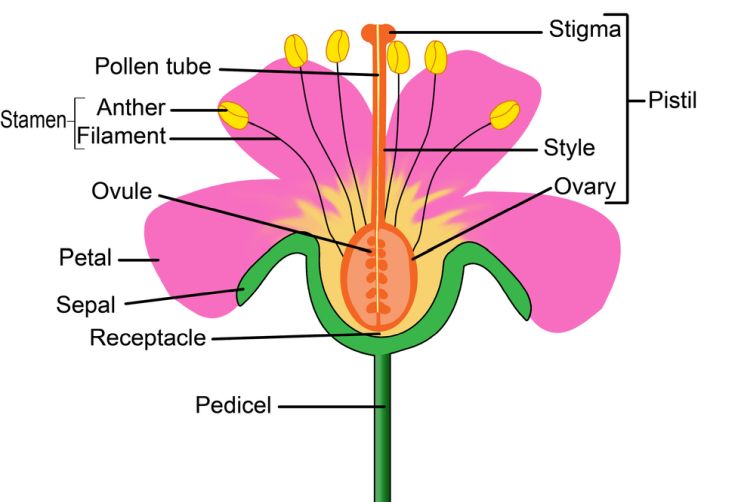
Plants attract their pollinators in different ways, offering attractive flowers, scents, visual cues and nectar meals. Although we don’t yet know the how and the why, bees prefer flowers in the purple/blue/violet colour range. This is possibly where the saying ‘make a bee-line’ comes from! Bees also like pleasant scents, so fragrant herbs with blue flowers are a top choice for attracting pollinators to your garden.
Why Pollinate by Hand?
There are a number of reasons that you might need to pollinate by hand. One of the most common and most unfortunate, is lack of bees. Honey bee habitat is being destroyed worldwide by land clearing for housing development. Compounded by pesticide use, increasing industrialisation and even mobile phone useage, there are many fewer wild bees than there used to be, plus their distribution might be said to be ‘patchy’. If you grow indoors or in a greenhouse you may need to pollinate by hand.

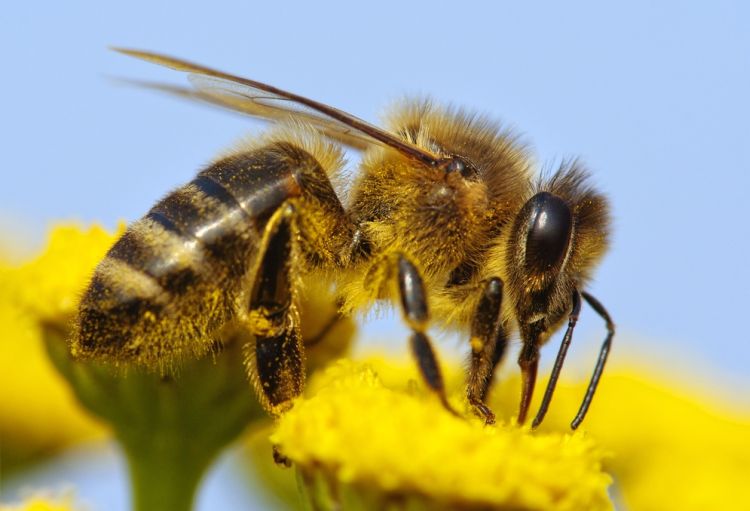
Even if you have enough pollinator activity occurring naturally, you may like to pollinate by hand to ensure that no cross-pollination occurs. So for example if you have 2 varieties of the same vegetable growing close by each other and want to save the seed, hand pollination will ensure that the 2 varieties will produce seed that is true to type.
Which Veggies Might I need to Hand Pollinate?
When it comes to pollination, there are two types of plants: those with self-fertile flowers and those with separate male and female flowers.

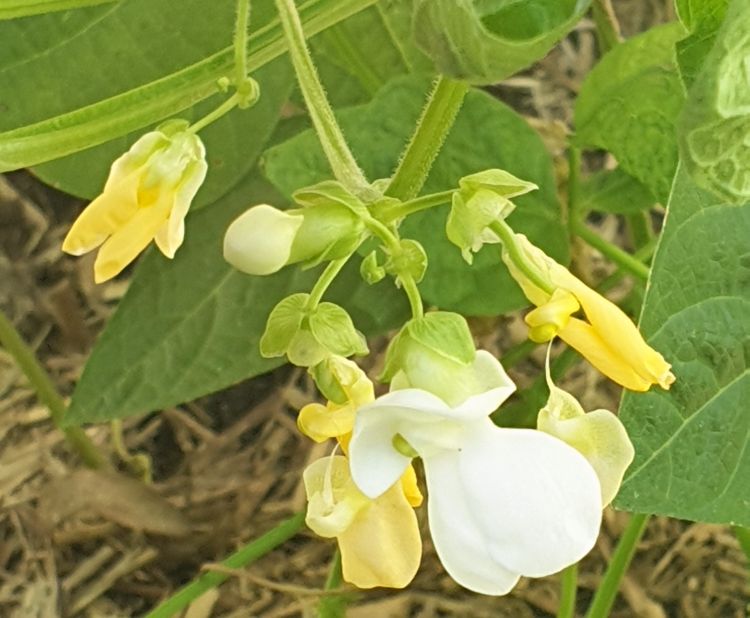
Plants like tomatoes, peas, beans, eggplant, capsicum and tomatoes are self-fertile, so they have all the necessary parts to produce their fruit. They are generally pollinated by the wind when grown outdoors, but always give the plants a shake when you’re walking past them to make sure pollination occurs. If you’re growing indoors or experiencing pollination issues with self-fertile plants, there is a further step you can take to ensure your fruit grows. Take a small paintbrush (one from a childs painting set will suit) and gently brush the inside of each flower to transfer pollen into the centre of the flower.

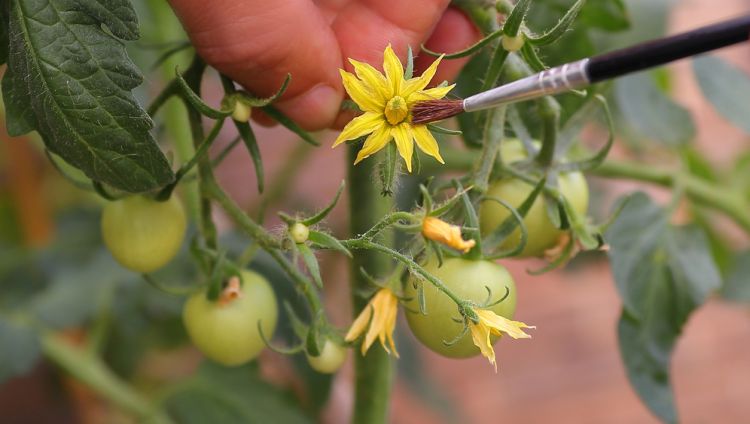
Any fruiting plant that has separate male and female flowers is not self-fertile, & may require hand pollination. For vegetable growers this is pretty much the curcurbit family, so includes zucchini, cucumber, pumpkins, button squash, watermelon and rockmelons.
How Do I Hand Pollinate?
In order for these plants to grow fruit to a mature and edible size, pollen from a male flower must make its way to a separate female flower. And when I say separate, I mean those flowers might grow several feet away from each other. So it’s hardly surprising that these crops will have more difficulty with pollination than self-fertile plants.

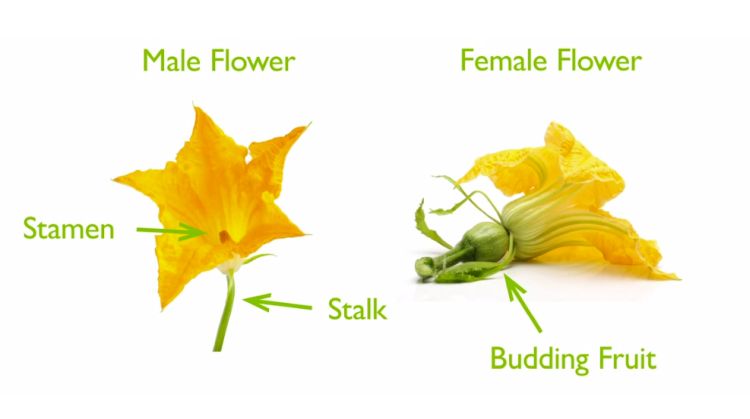
Male and female flowers are quite easy to identify once you know what to look for. Male flowers have a simple slim stem, whereas female flowers have a tiny green fruit at their base.
Very early in the morning is the best time to pollinate by hand. At this time of day, the blooms will be fully open and insect activity is at a minimum.
To pollinate by hand, simply brush the inside of the male flower with a small paintbrush and then swab the inside of the female flower to transfer the pollen. To do the same thing without a paintbrush, just pick a male bloom, peel off its petals, and lightly dust pollen onto the pistils of the females with the male stamen.

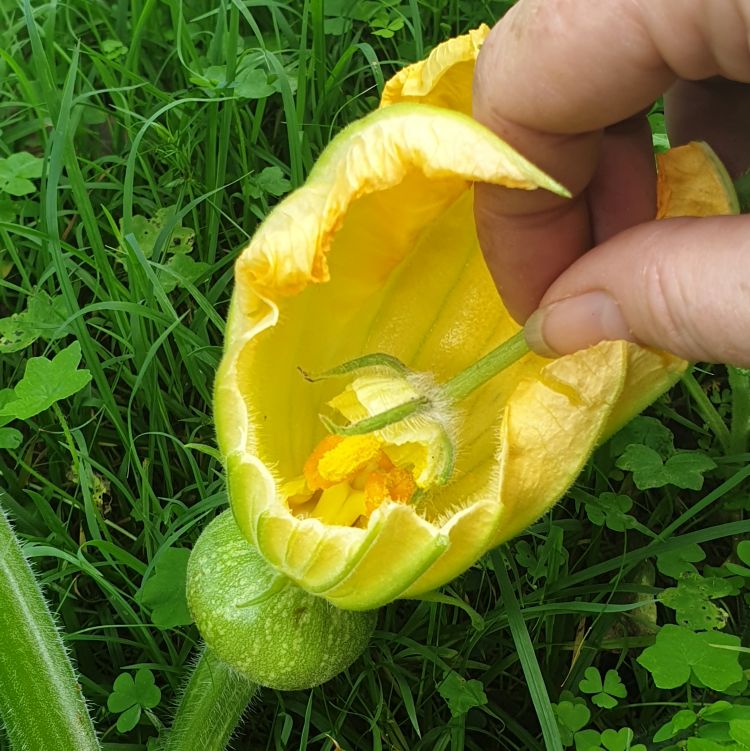
Continue pollinating by hand for a few days until you begin to see fruit. And that’s all there is to it- as you can see, hand pollination is an easy process!

